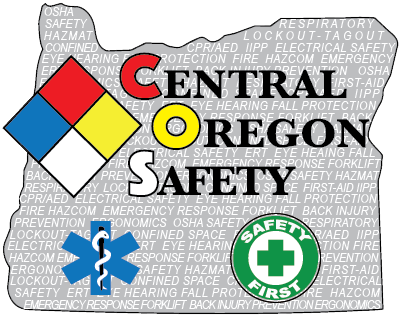Accident Investigation/Documentation
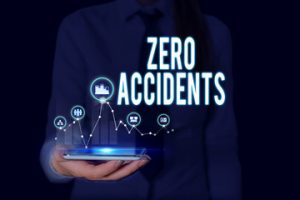 Addresses the goals and various techniques of cause determination, interviewing practices and proper procedures to follow, how and what to document. (2 hours).
Addresses the goals and various techniques of cause determination, interviewing practices and proper procedures to follow, how and what to document. (2 hours).
Back Injury Prevention
 Identifies and teaches basic anatomy and physiology of the back. Teaches safe lifting techniques, proper body mechanics, how to protect the spine, stretching & exercise to prevent back injury. (1 hour).
Identifies and teaches basic anatomy and physiology of the back. Teaches safe lifting techniques, proper body mechanics, how to protect the spine, stretching & exercise to prevent back injury. (1 hour).
Blood Borne Pathogen
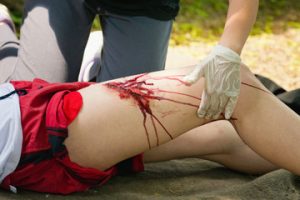 Required for persons that have the potential of coming in contact with infectious materials (blood & other bodily fluids). Identifies methods of exposure routes of various infectious diseases, personal protective equipment used to prevent contamination. (1 hour).
Required for persons that have the potential of coming in contact with infectious materials (blood & other bodily fluids). Identifies methods of exposure routes of various infectious diseases, personal protective equipment used to prevent contamination. (1 hour).
29 CFR 1910.1030
Confined Space, Awareness level
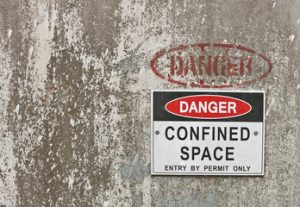 Participants will understand the safety requirements for entering a confined space. Identification and definitions of a confined space, hazards, flammable/toxic atmospheres, oxygen concentrations, PPE limitations and introduction to permit system. (1 hour)
Participants will understand the safety requirements for entering a confined space. Identification and definitions of a confined space, hazards, flammable/toxic atmospheres, oxygen concentrations, PPE limitations and introduction to permit system. (1 hour)
29 CFR 1910.146
Confined Space, Operations level
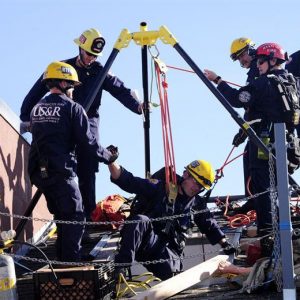 Identifies and describes the positions required to conduct a permit entry, what information is required on a permit, atmospheric monitoring equipment, Toxicology, PEL & IDLH values, ventilation equipment, mechanical lowering/retrieval devices, Communication system. (4 hours)
Identifies and describes the positions required to conduct a permit entry, what information is required on a permit, atmospheric monitoring equipment, Toxicology, PEL & IDLH values, ventilation equipment, mechanical lowering/retrieval devices, Communication system. (4 hours)
29 CFR 1910.146
Confined Space, Rescue
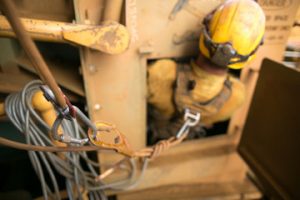 Provides the required practical exercise utilizing identified mechanical lowering and retrieving equipment. Identifies the different types of equipment used for lowering, retrieving, ventilation, monitoring and the safety standards this equipment must meet. Main focus is conducting Entries, Victim Recovery, Equipment familiarization/utilization, Communication, Permit Process documentation, PPE, HazCom, (8 hours) 29 CFR 1910.146 (k)
Provides the required practical exercise utilizing identified mechanical lowering and retrieving equipment. Identifies the different types of equipment used for lowering, retrieving, ventilation, monitoring and the safety standards this equipment must meet. Main focus is conducting Entries, Victim Recovery, Equipment familiarization/utilization, Communication, Permit Process documentation, PPE, HazCom, (8 hours) 29 CFR 1910.146 (k)
CPR/AED
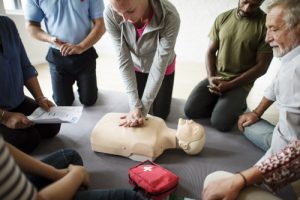 American Heart Association standards certified through the American Heart Association most current Guidelines through the curricula of the American Health and Safety Institute (ASHI) and Medic First Aid. Teaches basic life support techniques, cardiopulmonary anatomy, identifies risk factors of Coronary Artery disease & prevention practices. Teaches methods to assist a choking victim & airway management. Two levels of certificates available; adult only, adult, child & infant. This course also certifies you in the proper use of an Automated External Defibrillator. (4 hours). 29 CFR 1910.151, 266
American Heart Association standards certified through the American Heart Association most current Guidelines through the curricula of the American Health and Safety Institute (ASHI) and Medic First Aid. Teaches basic life support techniques, cardiopulmonary anatomy, identifies risk factors of Coronary Artery disease & prevention practices. Teaches methods to assist a choking victim & airway management. Two levels of certificates available; adult only, adult, child & infant. This course also certifies you in the proper use of an Automated External Defibrillator. (4 hours). 29 CFR 1910.151, 266
CPR Refresher (2 hours).
Earthquake Preparedness
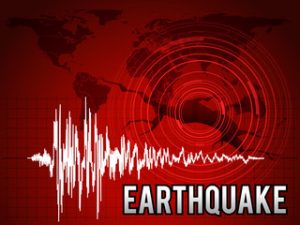 Identifies the probability of an earthquake in your area, what actions to take prior, when involved and after, preparedness procedures, equipment, supplies and materials needed. What to do what not to do.
Identifies the probability of an earthquake in your area, what actions to take prior, when involved and after, preparedness procedures, equipment, supplies and materials needed. What to do what not to do.
Electrical Safety
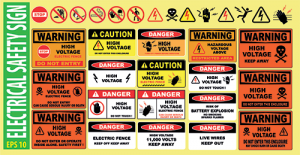 Covers the causes and prevention of electric shock, PPE, basic electrical terms, grounding, GFCI’s, housekeeping, extension cords, safe work practices, measurement devices. (2 hours).
Covers the causes and prevention of electric shock, PPE, basic electrical terms, grounding, GFCI’s, housekeeping, extension cords, safe work practices, measurement devices. (2 hours).
29 CFR 1910.331, 332
Emergency Evacuation
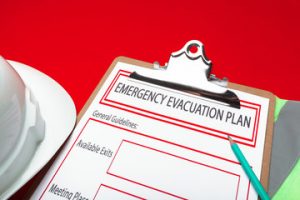 Review and familiarization of Employers Emergency Response Plan. Covers designated actions employees and employers must take to ensure employee safety from fire and other emergency situations. Identifies roles and procedures for employees to follow when emergency evacuation is warranted. (2 hours)
Review and familiarization of Employers Emergency Response Plan. Covers designated actions employees and employers must take to ensure employee safety from fire and other emergency situations. Identifies roles and procedures for employees to follow when emergency evacuation is warranted. (2 hours)
29 CFR 1910.38
Emergency Response Team
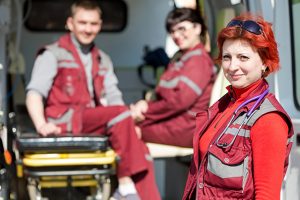 Provides training to a selected group of employees within a plant or facility for the purpose of responding quickly to identified hazards present i.e., Medical Emergencies, Fires, Hazardous Materials Release’s, Earthquake, other identified hazards or emergency situations.
Provides training to a selected group of employees within a plant or facility for the purpose of responding quickly to identified hazards present i.e., Medical Emergencies, Fires, Hazardous Materials Release’s, Earthquake, other identified hazards or emergency situations.
29 CFR 1910.38, 1910.120
More Details
Ergonomics
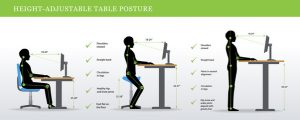 Addresses the health effects of working at a desk/work station using a video display terminal (VDT), eyestrain, musculoskeletal problems, posture, support. Identifies principals of an ergonomically-correct workstation, resources, equipment prevention strategies, and exercise demonstrations. (1.5 hours) Proposed OSHA Standard
Addresses the health effects of working at a desk/work station using a video display terminal (VDT), eyestrain, musculoskeletal problems, posture, support. Identifies principals of an ergonomically-correct workstation, resources, equipment prevention strategies, and exercise demonstrations. (1.5 hours) Proposed OSHA Standard
Eye Safety
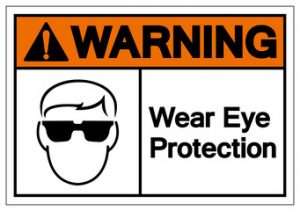 Describes the criteria for eye and face protection required when exposed to several different types of hazards, flying particles, liquid chemicals, corrosives, acids, caustics, vapors, dusts, radiating light. Identifies approved types of safety equipment and markings. (1 hour).
Describes the criteria for eye and face protection required when exposed to several different types of hazards, flying particles, liquid chemicals, corrosives, acids, caustics, vapors, dusts, radiating light. Identifies approved types of safety equipment and markings. (1 hour).
29 CFR 1910.133, ANSI Z87.1
Fire Extinguisher/ Fire Safety
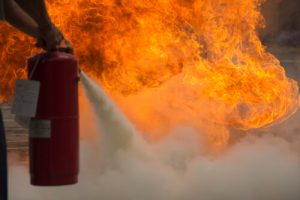 Identifies the classes of fire, types of fuel, what elements are needed for combustion to take place. Identifies various types of portable fire extinguishers and their firefighting agents. Industrial and home fire safety practices. Live burn with “hands on training”. (1.5 hours)
Identifies the classes of fire, types of fuel, what elements are needed for combustion to take place. Identifies various types of portable fire extinguishers and their firefighting agents. Industrial and home fire safety practices. Live burn with “hands on training”. (1.5 hours)
First Aid/CPR
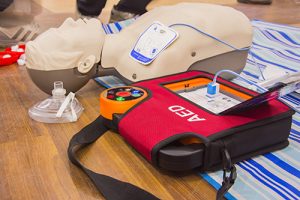 We provide certification training through the American Heart Association most current Guidelines through the curricula of the American Health and Safety Institute (ASHI) and Medic First Aid. Our instructors have over 15 years of teaching and are very experienced professionals. Our First Aid and CPR staff instructors are Professional Firefighters from around the Bay Area which put on an exciting and very appropriate level of training. (4 hours).
We provide certification training through the American Heart Association most current Guidelines through the curricula of the American Health and Safety Institute (ASHI) and Medic First Aid. Our instructors have over 15 years of teaching and are very experienced professionals. Our First Aid and CPR staff instructors are Professional Firefighters from around the Bay Area which put on an exciting and very appropriate level of training. (4 hours).
Click here for complete First Aid/CPR Course details
Forklift
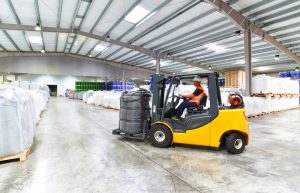 Review of the standard, the number of accidents caused annually from Forklift operations. Identify the several different types of Industrial Lift Trucks, operating instructions, warning devices, load limits, difference’s from an automobile, steering and maneuvering, forks, components, fueling.(1 hour)
Review of the standard, the number of accidents caused annually from Forklift operations. Identify the several different types of Industrial Lift Trucks, operating instructions, warning devices, load limits, difference’s from an automobile, steering and maneuvering, forks, components, fueling.(1 hour)
29 CFR 1910.178
HAZWOPER/HazCom “Right-to-know”
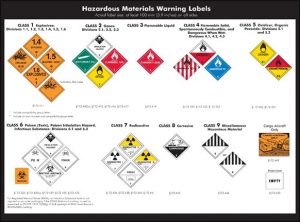 Review of the standard, an understanding of basic chemical safety and the hazards different chemicals possess. Identifies chemical hazard classification, placarding and labeling system, severity of hazard, physical properties, M.S.D.S., exposure routes, PPE. Employee Safety. (1.5hours)
Review of the standard, an understanding of basic chemical safety and the hazards different chemicals possess. Identifies chemical hazard classification, placarding and labeling system, severity of hazard, physical properties, M.S.D.S., exposure routes, PPE. Employee Safety. (1.5hours)
29 CFR 1920.1200
More Details
Hearing Protection/ Conservation
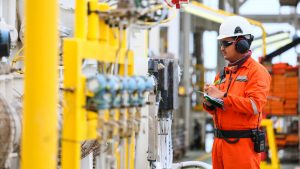 Identifies the components of the outer, middle and inner ear, how we hear, what is considered excessive noise, temporary hearing loss, effects of loud noise to the ear, test procedures, preventative measures, safety equipment, proper fitting of appropriate hearing protection devices.
Identifies the components of the outer, middle and inner ear, how we hear, what is considered excessive noise, temporary hearing loss, effects of loud noise to the ear, test procedures, preventative measures, safety equipment, proper fitting of appropriate hearing protection devices.
29 CFR 1910. 95, (Required for employees who routinely are subjected to noise levels exceeding an 8-hour TWA of 85 dBA).
Lockout/Tagout
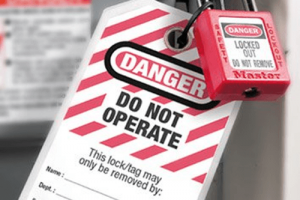 Review the purpose and why this became an OSHA standard, the number of accidents caused prior to the standard and how they occurred. This standard applies to the control of energy during servicing and/or maintenance of machines and equipment. Identifies energy sources, what and how to isolate them, equipment used and procedures to follow. Definitions of terms; affected, authorized, and other employees.
Review the purpose and why this became an OSHA standard, the number of accidents caused prior to the standard and how they occurred. This standard applies to the control of energy during servicing and/or maintenance of machines and equipment. Identifies energy sources, what and how to isolate them, equipment used and procedures to follow. Definitions of terms; affected, authorized, and other employees.
29 CFR 1910.147 (Required for those who service and maintain machinery).
Introduction to OSHA and Workplace Safety Regulations
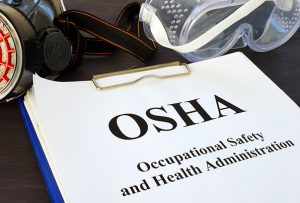 An intro to the laws and history of Osha, Identifies the Employers role and the employees roles, discusses employees’ rights and employer responsibilities.
An intro to the laws and history of Osha, Identifies the Employers role and the employees roles, discusses employees’ rights and employer responsibilities.
Personal Fall Protection
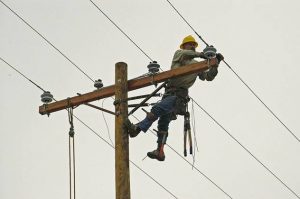 The leading cause of Death in the General Industry workplace. Any work platform above 4ft Osha requires Fall Protection PPE. If exposed to Fall Hazards your employer must provide and Train you to meet the Fall Protection Standard. 29 CFR 1910.29, .30, .140
The leading cause of Death in the General Industry workplace. Any work platform above 4ft Osha requires Fall Protection PPE. If exposed to Fall Hazards your employer must provide and Train you to meet the Fall Protection Standard. 29 CFR 1910.29, .30, .140
Radiation Safety
 Employees subject to Radiation Controlled areas must be trained in the Hazards of Radiation. Including types, exposure routes, PPE, Understand Time, Distance and Shielding as well as detection equipment.
Employees subject to Radiation Controlled areas must be trained in the Hazards of Radiation. Including types, exposure routes, PPE, Understand Time, Distance and Shielding as well as detection equipment.
Osha Standard (29 CFR 1910.1096).
A comprehensive overview of radiological principles. Radiation terms and definitions, types of ionizing radiation, exposure, dose rate, monitoring, contamination, dosimetry, PPE. The ALARA principal.
10 CFR 835.902
Respiratory Protection
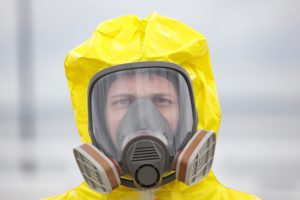 An overview of the standard and its requirements. Understanding Medical testing and screening for those who utilize respirators. Identification of various types of respirators and equipment, uses, limitations, advantages, disadvantages, requirement for use. Understanding their components, how they work, safety precautions. How to properly maintain, inspect and clean your respirator. (1.5 hour).
An overview of the standard and its requirements. Understanding Medical testing and screening for those who utilize respirators. Identification of various types of respirators and equipment, uses, limitations, advantages, disadvantages, requirement for use. Understanding their components, how they work, safety precautions. How to properly maintain, inspect and clean your respirator. (1.5 hour).
29 CFR 1910.134
Respirator Fit Testing
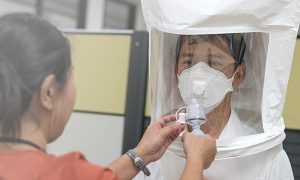 Employees required to wear Air Purifying Respirators (APR) must be medically cleared by a Physician and be Fit Tested to ensure a proper seal.
Employees required to wear Air Purifying Respirators (APR) must be medically cleared by a Physician and be Fit Tested to ensure a proper seal.
Osha Standard 29 CFR 1910.134
Slips, Trips, Falls
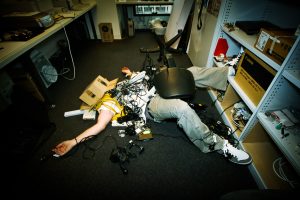 Falls, Trips and Slips can cause time away from work, severe injury or even death. May include Sprains, strains, bruises, cuts, broken bones, back, head and neck injuries.
Falls, Trips and Slips can cause time away from work, severe injury or even death. May include Sprains, strains, bruises, cuts, broken bones, back, head and neck injuries.
Course discusses causal factors, prevention, proper PPE, surface conditions, wet surfaces, ladders.
Osha Standard 29 CFR 1910.21-.30, .132 and .140
